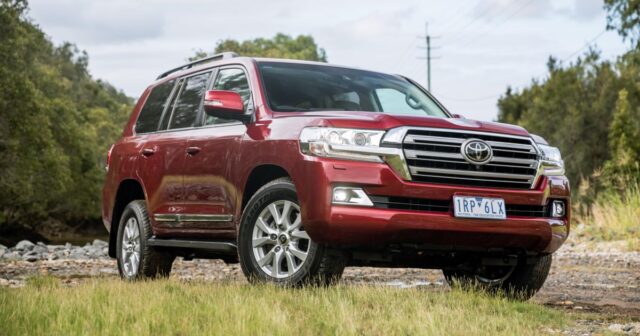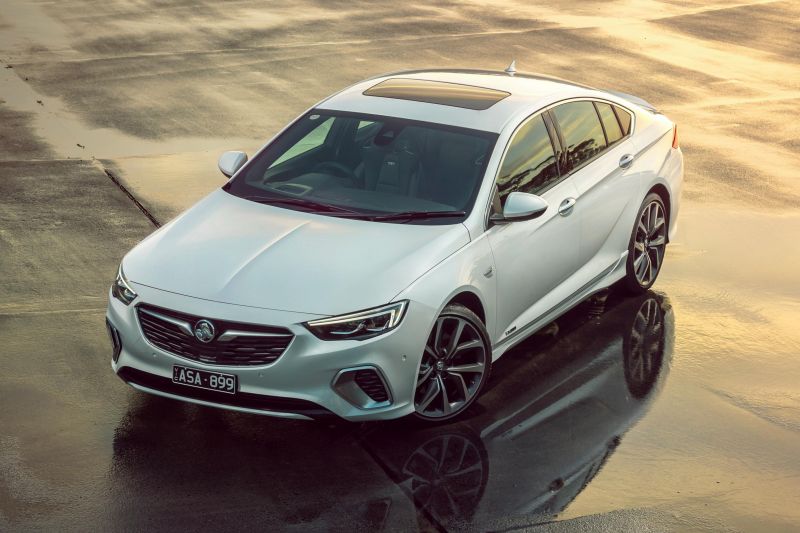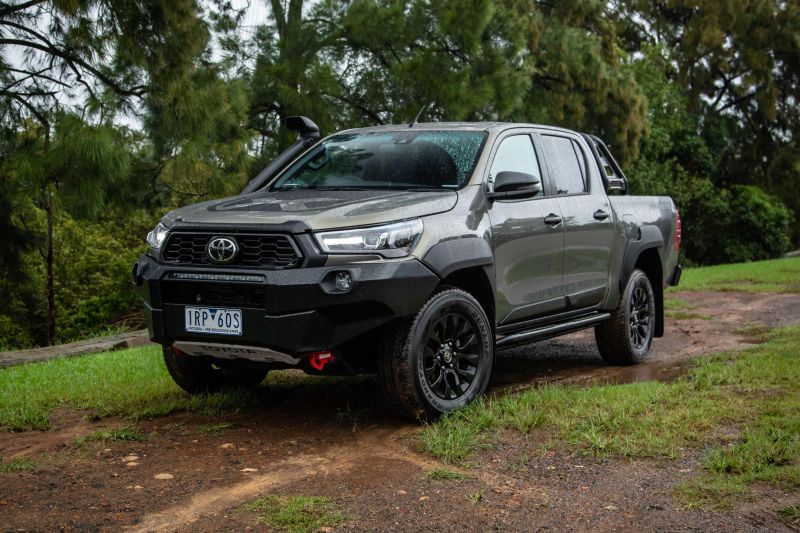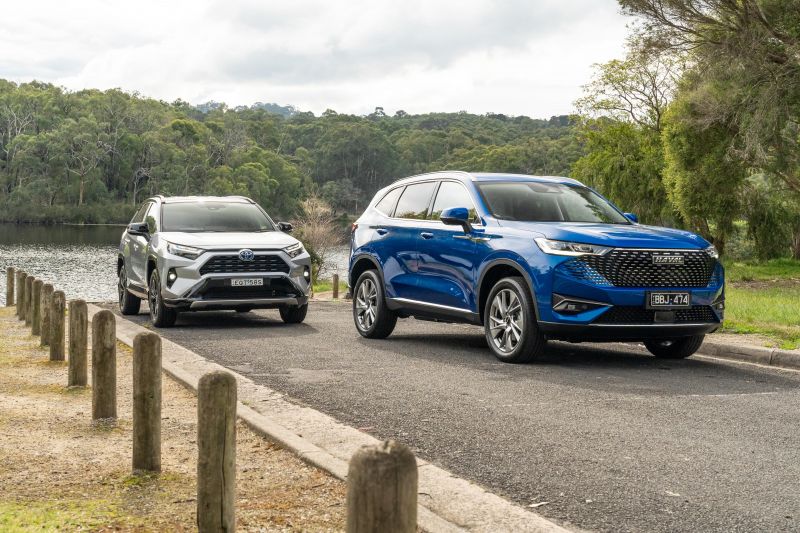Used car prices fell incrementally from August to September, but the overall decline in prices is slowing.
A report from financial intelligence firm Moody’s Analytics found prices declined 0.5 per cent from August to September, and are now 10.9 per cent lower than a year ago.
Utes and SUVs had a more significant decline from August to September, down 3.3 per cent compared to 0.4 per cent for cars. Compared with a year ago, ute/SUV prices are down 15.7 per cent, while cars are down 8.6 per cent.
Moody’s Analytics attributes this greater decline in ute prices to strategic production decisions taken by manufacturers in recent years, whereby supply of passenger cars was more constrained as companies prioritised higher-margin utes and SUVs.
Despite the small overall drop for the wider used vehicle market, the firm still expects prices to continue to keep falling into next year as new vehicle supply improves and discretionary demand for both new and used vehicles eases.
The firm projects an overall decline in used vehicle prices of 9.5 per cent in 2023 and 8.7 per cent in 2024, before they stabilise in 2025.
It cautions, however, this decline mightn’t be as pronounced if new car arrivals to Australia continue to be impacted by supply chain and import issues.
There’s one scenario, however, where used car prices fall more sharply: a global economic decline.
Used vehicle prices are still 46 per cent higher than the pre-pandemic level in September 2019, but have declined 16.8 per cent from their May 2022 peak.
Moody’s Analytics says China’s transition away from its zero-COVID policy will provide a “significant boost” to global automotive supply chains in 2023 and 2024.
Not only will this help improve parts supply, it should help continue to fuel Chinese carmakers’ growth in vehicle production.
Apart from a dip in July, Chinese auto manufacturing has maintained a production rate 50 per cent above levels from the beginning of the year.
To the end of September, sales of Chinese-made vehicles in Australia has grown 75.9 per cent compared with the same period last year.

























